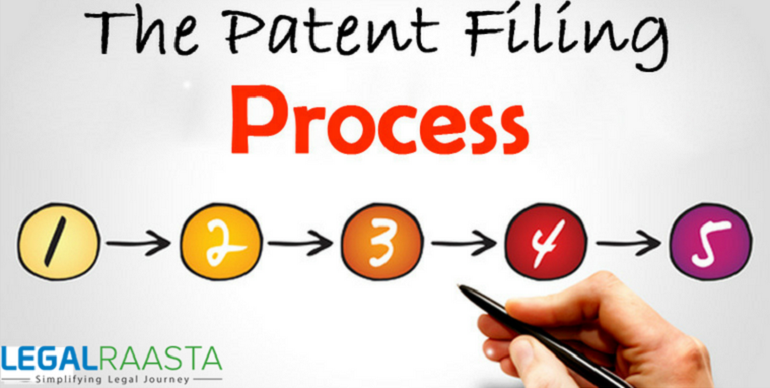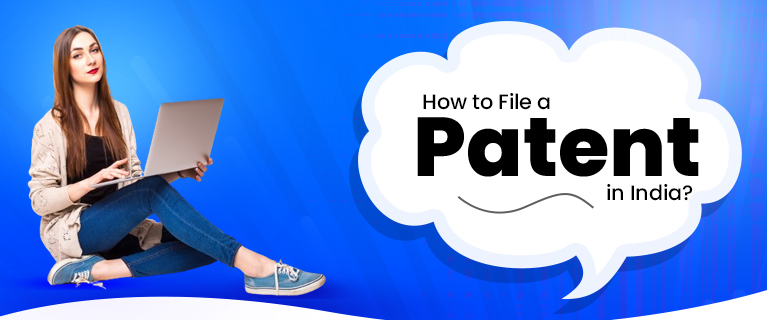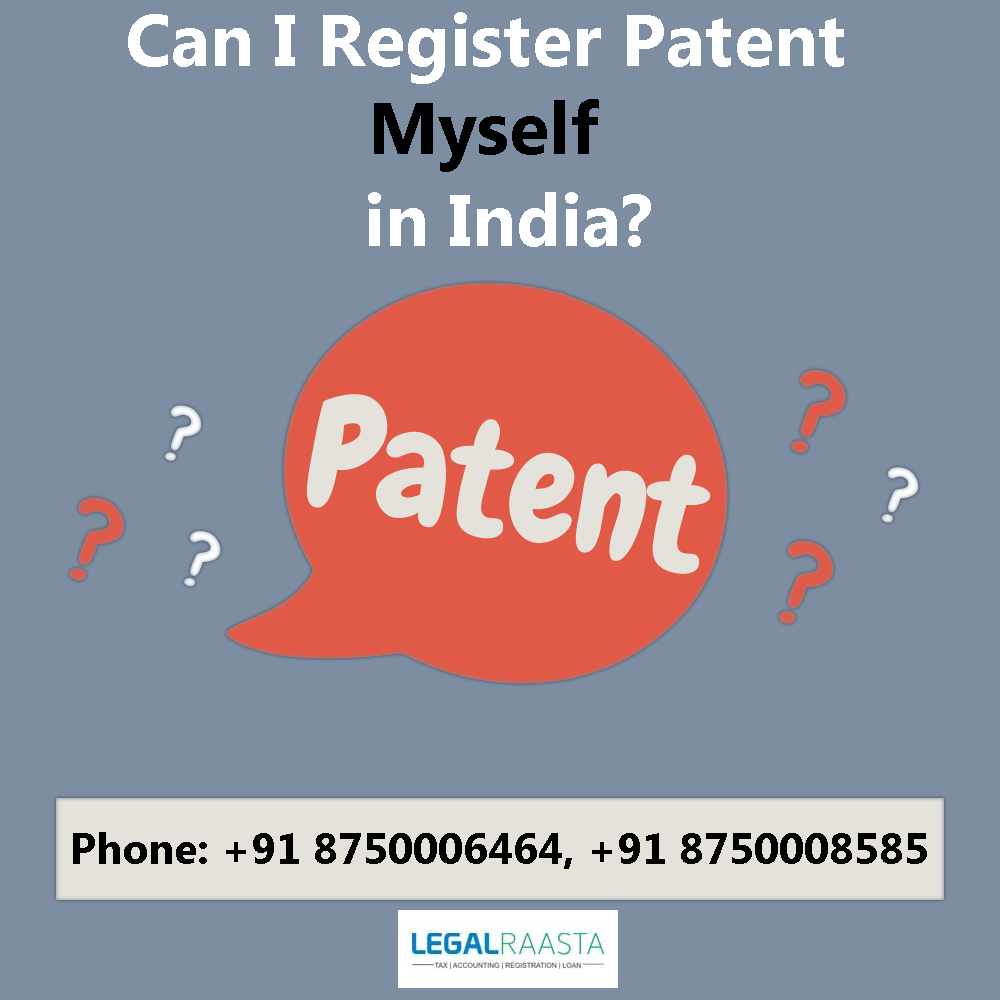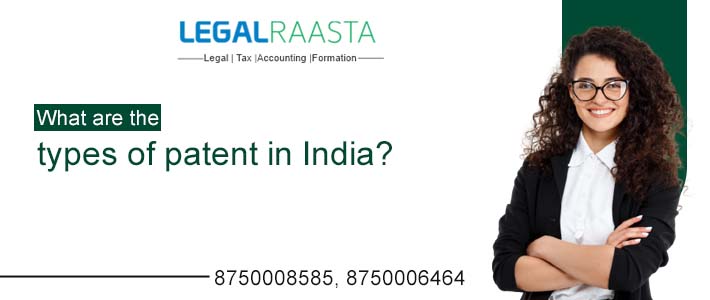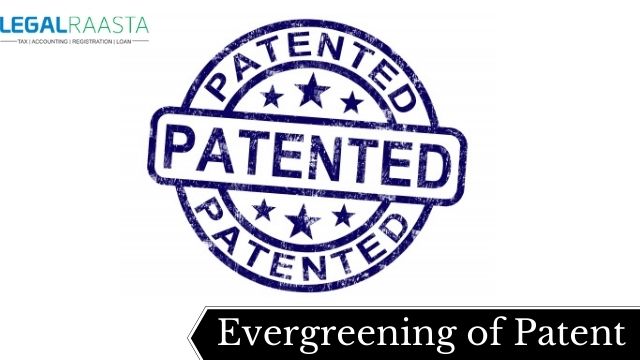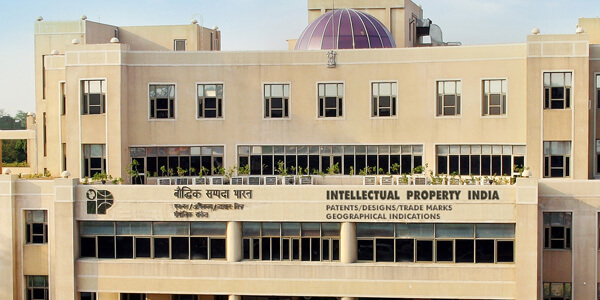Procedure for patent filing in India
A “patent application” can be filed by the true and first inventor and the assignee or the legal representative of the inventor is also entitled to file it. It can be filed either individually or jointly. However if in case the patent application is filed by the assignee, it is necessary that a proof of assignment is required to be submitted along with the application. The applicant can however be national of any country. There is however a requirement that the patent should be filed .
A “patent filing” can be made either directly at the Indian Patent Office or it can either be made by national phase PCT application or it can either be filed in the form of a conventional application. The steps that are to be followed for patent filing in India are :
Step 1: The invention (idea or concept) must be written down with as much details as possible
The businessman is required to collect all the information about his invention such as the :
- The area of invention
- The description of the invention as to what it does
- How does the invention works
- The advantages of the invention
Ideally, if the businessman has worked on the invention during his research and development phase then he should have some call lab record which is duly signed with date by the businessman and the respective authority.
Step 2: The businessman must include drawings, diagrams or sketches explaining working of invention
The drawings and the diagrams should be designed in such a way that It helps to explain the working of the invention in better way with visual illustrations. These play an important role in the patent application.
Step 3: The businessman is required to check whether the invention is a patentable subject matter or not
This is because all the inventions may not be patentable, as per the Indian Patent Act, 1970, there are certain inventions that are not patentable.
Step 4a: Patentability search
The next step that the businessman needs to follow is that he needs to find out whether his invention meets all the patentability criteria as per Indian patent act or not . The needs that are required to be checked are :
- Novelty
- Non-obviousness
- Industrial application
- Enabling
The patentability opinion is provided by the patent professionals by conducting an extensive search and forming the patentability report.
Step 4b: The businessman should then Decide if he has to go ahead with patent
The patentability report and the opinion helps the businessman to decide as to whether he should go ahead with the patent or not. Hence this reports saves lots of time, efforts and cost of the inventor as it helps him decide whether to go ahead with the patent filing process or not.
Step 5: The inventor is then required to Draft (write) a patent application
In case if the inventor is at a very early stage in the research and development for his invention, then he can go a for provisional application . It gives him the following benefits:
- It helps to Secure the filing date
- There is 12 months of time to file complete specification
- The cost is very low .
After filing the provisional patent application, The inventor secures the filing date which is very crucial in patent world. The inventor gets 12 months of time to come up with the complete specification and up on expiry of 12 months the patent application will be abandoned.
When the inventor completes the required documents and his research work is at level where he can have prototype and experimental results to prove his inventive step then he can file complete specification with the patent application.
There is an optional step that is filing the provisional specification , if the inventor is at the stage where he can have complete information about his invention, then he / she can directly go for complete specification.
Step 6: The investor then has to do Publication of the application
Up on the filing of the complete specification along with the application for the patent, the application is published only after 18 months of the first filing.
An early publication request can although be made along with the prescribed fees if the inventor does not wish to wait till the expiry of the 18 months period from the date of filing for publishing his patent application.
Step 7: Request for examination
The patent application is examined only after when a request for the examination that is RFE is received . When the controller receives this request, the patent application which is given by the inventor to the controller , gives this to a patent examiner who examinees the patent application with different patentability criteria like:
- Patentable subject matter
- Novelty
- Non-obviousness
- Inventive step
- Industrial application
- Enabling
The examiner will firstly create a first examination report of the patent application after it reviews it based on above terms. This process is called as patent prosecution. The first examination report is submitted to the the controller by the examiner which generally contains the prior arts (existing documents before the date of filing) which are similar to that of the claimed invention, and it is same like that which is reported to the patent applicant.
Step 8: The inventor is then required to respond to the objections
Based on examination report the majority of patent applicants receive some type of objections . The best thing which the patent applicant has to do is that he must analyse the examination report with the patent professional (patent agent) and then create a response to the objections which are raised in the examination report.
This gives a chance to the inventor to communicate his novelty over the prior arts that are found in the examination report. The inventor and the patent agent create and send a response to the examination who then proves it to the controller that his invention is indeed patentable and that it satisfies all the patentability criteria’s.
Step 9: Clearing all the objections
The communication that is between the controller and the patent applicant is to ensure that all the objections that are raised in the patent application are resolved and if the objections in the patent application are not cleared then it will not be granted . The inventor has a fair chance to prove his point and to establish a novelty and take an inventive step over the existing prior arts.
Step 10: The grant of patent
The application would then be placed in order to give the grant once it is found that the patent application meets all the patentability requirements. The grant of a patent is then notified in the patent journal which is published time to time.
Thus after following the above-mentioned steps, patent filing in India.

